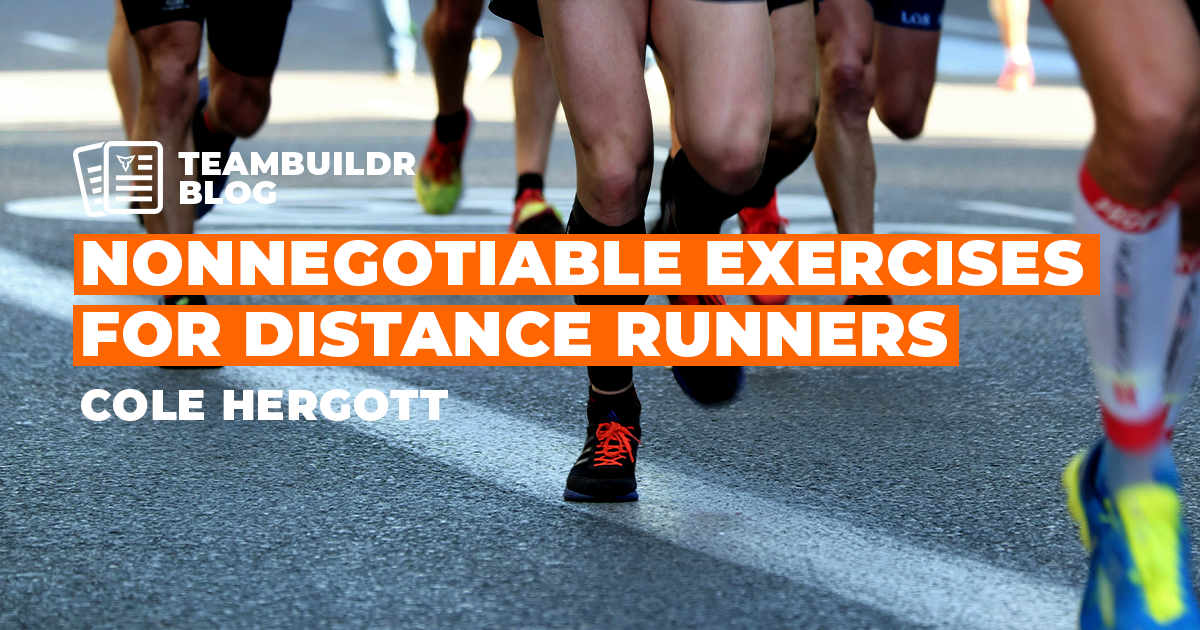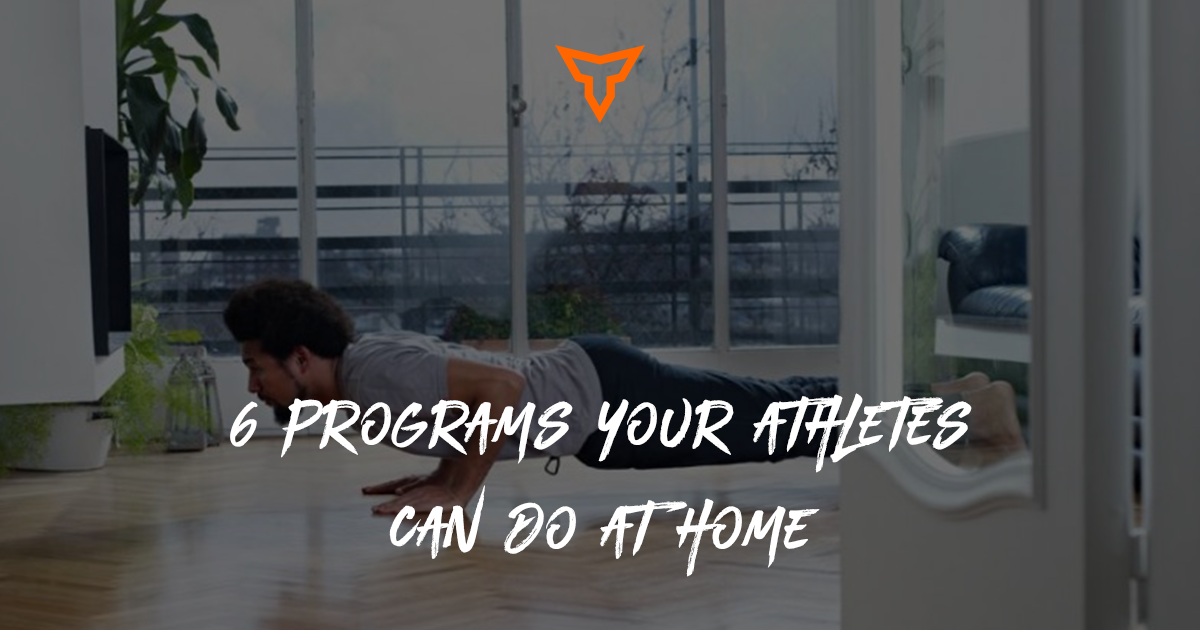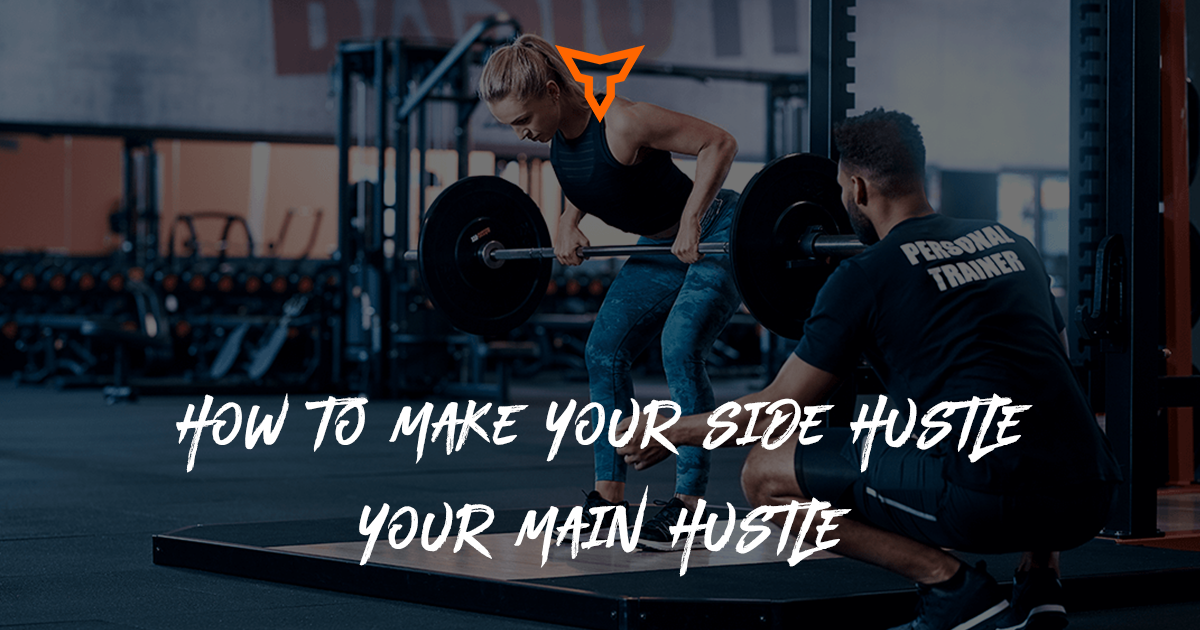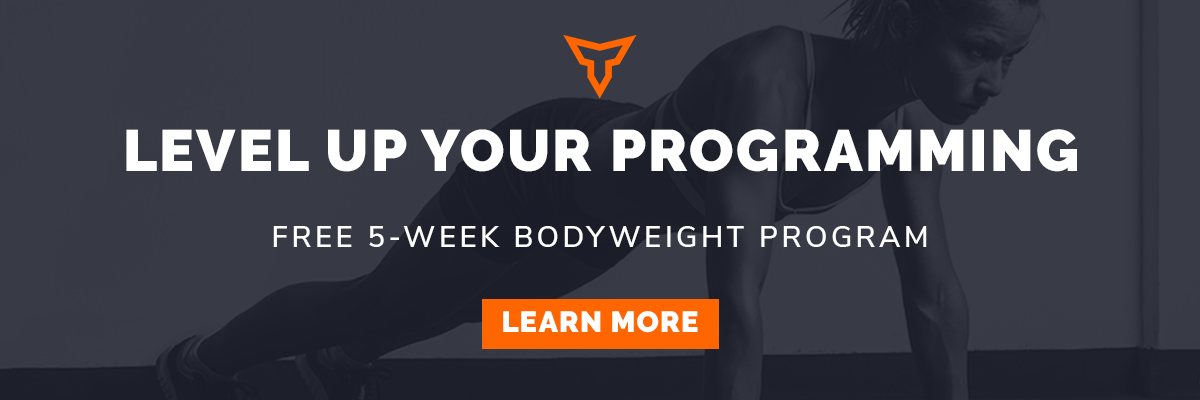As COVID-19 continues to close our performance sanctuaries many of us are in uncharted territory. How can we continue to push our athletes improve despite the inability to load using traditional means such as the barbell, dumbbell, or kettlebell? Our machine based exercises have been stripped from us like the plates from a leg press and we have been hung out to dry.
For everyone in this situation, I have some great news!
- First, this guide should help you navigate those uncharted waters.
- Second, Rocky was able to beat Ivan Drago using odd implement training. Check out this montage for inspiration!
Clearly the coronavirus and its repercussions are beyond our control. So, as you challenge your athletes, I challenge you to control what you can control. Focus on the process and I am hopeful the words that follow will assist you in that process.
"Training is like moving a pile of dirt - some days you get a shovel, and other days you get a spoon but as long as you get to move a little dirt every day, you are moving towards your goal." -- John Welbourn
Training for Endurance
Training for endurance without the accessibility of a gym is much easier than training for strength and power. Accumulating the desired number of repetitions using bodyweight (or less than bodyweight) can be accomplished using a simple floor routine.
I advise you to consider exercises such as push-ups, squats, lunges, bridges, prone cobras and all their variations. These exercises make great endurance and strength-endurance workout routines; especially for those athlete who need to improve work capacity or improve body composition. They are also very low risk and require little coaching. Simply link these exercises together in a circuit, either timed or using repetitions, and athletes can start moving.
In terms of energy system development a number of options exist that your athletes may actually enjoy MORE than that "slog" (slow jog) or tempo run at 5am. I recommend your athletes throw on a heart rate monitor and go for a hike, jog, bike ride, or other activity that adheres to social distancing.
If you do want to use heart rate to monitor training, and you haven't already issued them to your athletes, I like the Polar H10. It connects easily to a smartphone and using Polar Coach, which is free, you can view athletes workout intensity and results from afar.
Training for Hypertrophy
Muscle hypertrophy involves an increase in size of skeletal muscle through a growth in the size of its component cells. In order the efficiently accomplish this task we want to target the two factors that contribute to muscular hypertrophy:
- Myofibrillar Hypertrophy
- Sarcopasmic Hypertrophy
If you goal is to build a bit of mass on your athletes I recommend you teach your athletes to fuel optimally and train using a combination of strength-endurance and strength and power methodologies. This is also a great time to consider other means such as blood flow restriction (BFR) to pump up the workouts. More info on that below.
Training for Strength and Power
Training for strength and power can be a bit more difficult due to the challenge with loading; specifically near maximal loads or loads heavy enough to induce enough stress to force an adaptation. To address this we need to look at the two ways we can train these particular traits:
- Maximal effort (heavy loads)
- Dynamic effort (light loads)
Both methods should be used when training and both should emphasize a maximal "intent" or attempt to move as fast as possible.
The easiest way to achieve a maximal load (maximal effort) using only bodyweight is to perform unilateral movements. In other words, take your squat and make it a single leg squat by standing on a chair or elevated surface. Take your push-up and make it a single arm pushup by placing one hand on the ground or an elevated surface to regress the exercise. This can be done with virtually any exercise. For a more compete list of how to progress and regress exercises click here.
On the other side of the coin, dynamic effort, or light load work is quite easy to implement at home. Consider the following three options.
Plyometrics
Plyometrics, or jump training, fall into three main categories:
- Pliometric (concentric only - static jumps)
- Miometric (eccentric only - drops)
- Plyometric (rapid coupling of muscle actions - counter movement or depth jump).
Of course, these can be further broken down into subcategories such as active speed (single reps) and frequency speed (rapid repeated reps) and again further by movement type (hops, jumps, skips, prances, bounds, etc.). The ratios of these types of movements should be prescribed based upon your your desired outcome, but none the less are remarkably easy to program at home.
Change of Direction and Agility
Change of direction and agility can be touch more challenging depending upon the space your athletes have available. These activities typically require a field or large open surface when performed outside. If an athlete has a big back yard, they're in luck! If not, you may have to instruct them to go to a local park.
Change of direction drills won't require any assistance or random cue to initiate the change of direction, simply instruct the athlete to arrange some objects in the pattern of your choice on ground and begin to slalom and/or change locomotor patterns.
The easiest way to implement agility training using social distancing techniques is with an auditory stimulus. Run fast and when a training partner cues the athlete to change direction, they do so. Here are three ways, in increasing cognitive load, in which this can be accomplished:
- Using direct cues such as "now" whereby the athlete knows the movement ahead of time and executes the task on cue.
- Using instructional cues, such as "left" or "right" whereby the athlete must process the cue prior to executing the movement.
- Using coding, such as colors, to represent a specific change in direction or locomotor pattern.
Acceleration and Speed
Like change of direction and agility, acceleration and speed training can require some substantial space, notably and adequate runway. Should you categorize curvilinear running as a speed development technique that will, of course, require even more lateral space. This type of training can be done in an open field, a local park, or even down the sidewalk if needed. Here are some ways in which you can vary your speed and acceleration work to keep things interesting for your athletes:
- Vary the gradient
- Vary the distance
- Vary the path
- Vary the start position (or flying start)
- Vary the pace (between reps or within reps)
- Vary the load (push an object)
Issues with Loading
The idea and practice of training with odd implements has been around for a long time. Often, it is derived from necessity, then perhaps, turned into training or sport. Consider events such as the caber toss.
Also, made for TV sports such as World’s Strongest Man and American Ninja Warrior have captured our homes with their feats of strength and use of odd implements to display athleticism. This only goes to show us that we are limited by our creativity.
Philosophically, it will be up to you regarding whether or not you loan out equipment or recommend your athletes purchase equipment for their home use. With that said, there are a number of pieces of equipment I recommend for this type of situation.
So, what’s in my gym bag?
To circumvent the issues with loading there are a number of options available and worthy of discussing. As I have noted in Part I of this series, I travel extensively with my athletes, and often times end up in a very small gym, a hotel gym, or simply and open room. Here is a list of essentials:
- Val Slides (furniture sliders or a towel on a hard surface)
- A dip belt (any loop strong enough to hold weight – use a towel for padding!)
- 41-inch bands (any bands, tubing or loops)
- A suspension trainer (TRX, off-brand, or DIY)
In addition to the simple tools above you can also instruct athletes purchase or manufacture these reasonably inexpensive items for use at home.
First, the most versatile item on this list, is the Gorilla Bow. The Gorilla Bow is $179.95; I have traveled with two of them over the last year and they are great! The ability to adjust load really sets this piece of equipment apart especially when compared to other items on this list. My favorite exercises on the Gorilla Bow are Zurcher variations (squats, lunges, RDL’s, etc.) and the ability to pull both horizontally and vertically; fleeting movements when it comes to bodyweight training.
A second great option for at home training is the use of bags or pipes. Bags are cloth or cloth like containers while pipes are pieces of plastic or metal with end-caps. Bag and pipes can be purchased or made and can be filled with sand, rice, water, or any other material you feel fits your need. You can purchase water bags from Dimok at a rate of $65 to $85 each and sandbags from a number of retailers for as little as $50 each.
Should you prefer to make your own bags or tubes it is quite easy to accomplish. Here are great instructional links for bags and pipes.
A third great option, which is especially beneficial for those interested in training for hypertrophy and strength and power, is the use of blood flow restriction (BFR) or occlusion. There are a number of products on the market that, depending upon budget, may be a great fit for your athletes as they drive toward their goals. My two favorite options, due their price point, practicality for use, and calibration ability, are the BStrong bands and Smart Cuffs. A less expensive option, due to the fact it is less calibrated, is the use of BFR bands. For a more complete guide to training using BFR here is a nice article from the National Strength and Conditioning Association.
A final option that could benefit any user is the use of electromyostimulation (EMS). EMS, in contrast to the typical voluntary muscle contraction that is stimulated by the central nervous system, involves involuntary contraction that are stimulated by an electrical current applied to the muscle. In my humble opinion, by far the best available option for training using EMS, is the Compex unit. Units range from $100 to $400 depending upon the features you find essential to your training.
Building your Workout
Integrating any of these tools or bodyweight exercises into the athletes daily practice isn’t a matter adding every option available but rather selecting the tools and practices that meet the desired goals. I am hopeful this article opens many doors (and maybe a few more windows) that you can explore when programming your athletes home training practice.
Should you still be lucky enough to be training in a gym, your gym has reopened, or maybe have a home gym, I recommend you read my article A Guide for Gym Goers Amid COVID-19.
As always, stay safe and keep grinding!
Subscribe to our blog
Subscribe to receive the latest blog posts to your inbox every week.
Related posts

Essential Strength Exercises for Distance Runners

6 Programs That Your Athletes Can Do At Home


